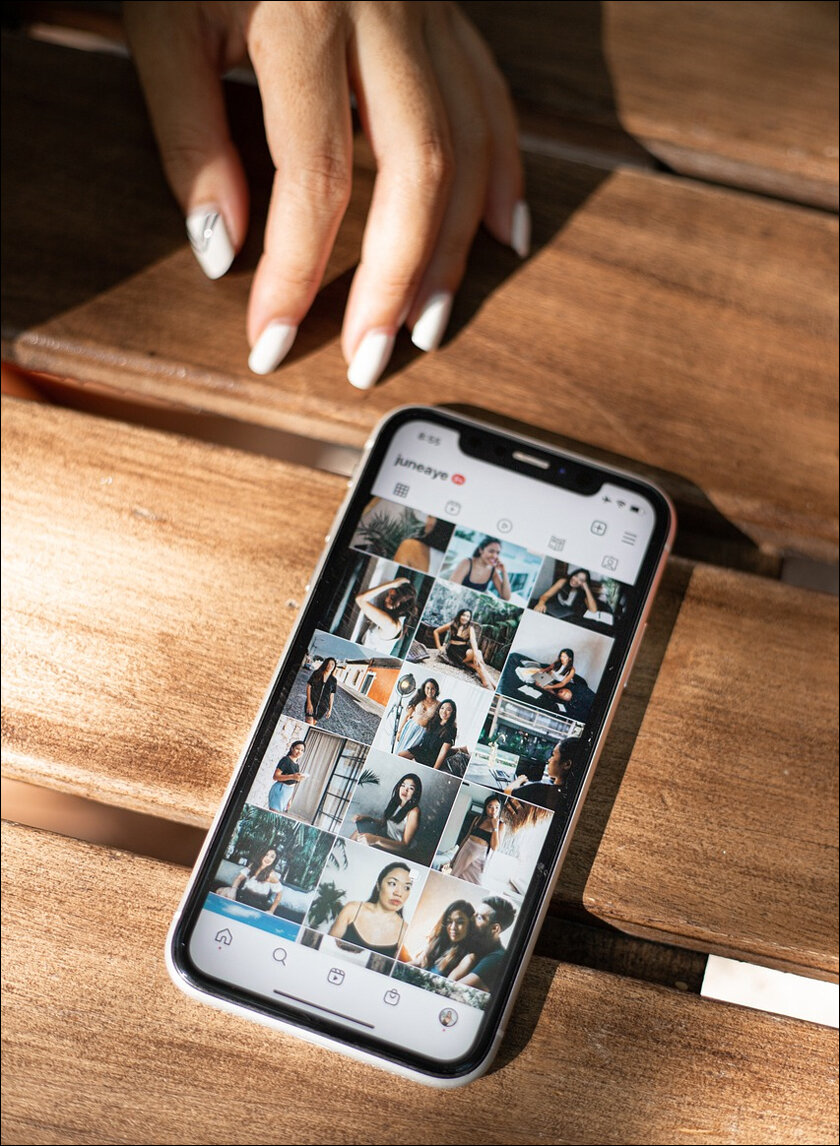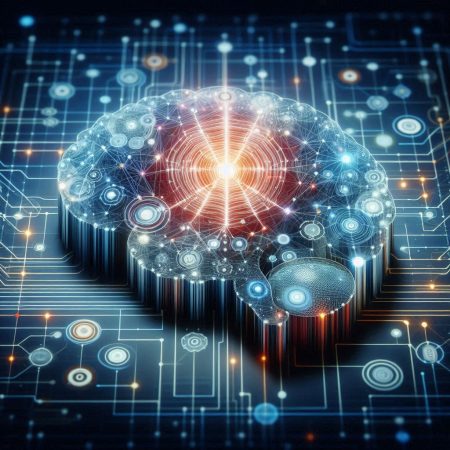Reels, Social Media etc. are here to stay, but striking the balance is a two way street. Mindless consumption can to mental-breakdown says Uma.
Recently I picked up my phone and started browsing through reels. When I looked up at the clock, I had spent 3 hours on mindless scrolling. It started as a harmless 2:00 p.m. activity, but it went on till 5:00 p.m.
What was intriguing was the choice of feeds that were fed through the reels. They were in line with my interests, the songs were catchy, and the feeds were intellectual. They were not mindless dance videos, but content driven. However, mindless scrolling is driven by a mindful set of algorithms and can be potentially dangerous if not controlled.
Dopamine and feeds
Likes and loves and followers cause a dopamine hit, and that is no longer a new finding. However, watching reels of puppies, and cute activities also show a similar pattern in the brain. The reels are attention seekers to catch us and hook us. It masks the feeling of giving pleasure and instant gratification.
Instagram and the reel-trap
It makes tremendous business sense for Instagram and the Influencers, but the general public is uncannily sucked into this. Instagram and other companies like Tik-Tok track:
1. Number of accounts reached and a view on if the reel was played once or multiple times
2. Number of plays, if it’s automatic, or repeat play or searching for videos.
3. Watch time of the videos on how long it was watched for. The same applies to Netflix and Prime films on how many were started and watched to finish and on repeat.
4. Hours calculated based on the average time spent.
2.35 billion people interact with reels every month. It is projected that Instagram will have 2.5 billion monthly Active Users by the end of 2023. This also means that 2.5 billion people will engage with the reels feature in times to come. India has the biggest user base for the Instagram reels feature.
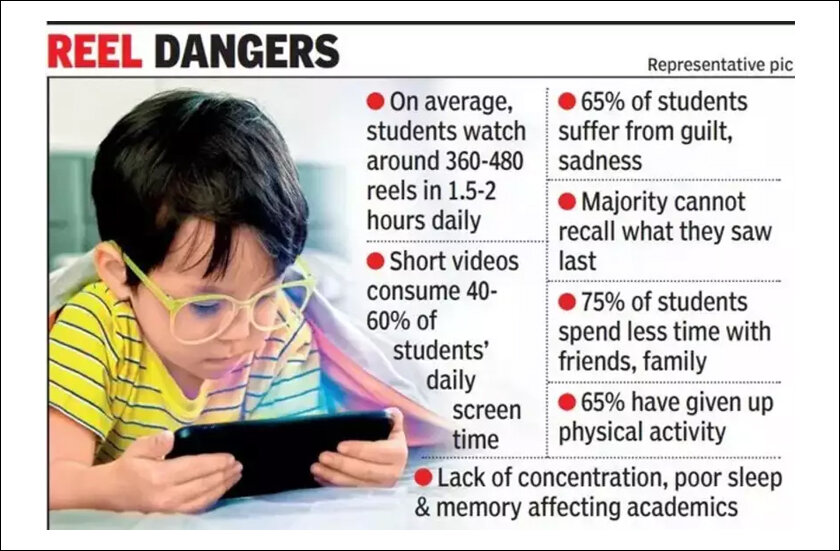
Time-lapse
Time does lapse quickly when one is watching reels, more than reading feeds on the internet or scrolling through pictures. As you can see, more the hours, the better it is for the tools and engagement.
MS University Department of Statistics’ study found that students spend nearly 60% of the five hours of total screen time on smartphones watching these 60 seconds reels or the 15-second clips. With each reel lasting around 15 seconds, students watch around 360-480 reels with an average duration of 1.5 to 2 hours every day.
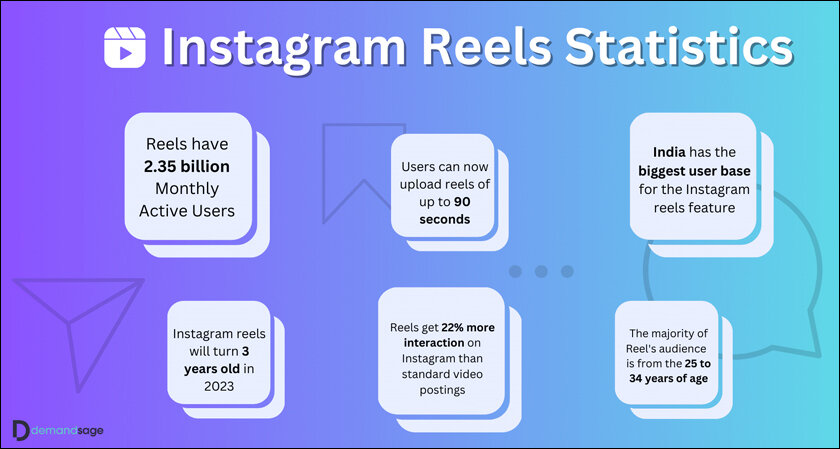
‘Reel-abuse’
I have to say that teenagers do behave like drug-addicts when devices are taken off and screen-time goes beyond agreed timelines. Reels are designed to be addictive.
‘Reel-abuse‘ much like ‘Drug-abuse’ or ‘Alcohol-abuse’ is real.
For users who find it impossible to stay off their devices and would like to resist them are having to take professional treatment. Therapists, counselors and coaches do ‘digital detox’ and there are startups to help get through the day without compulsive scrolling.
‘Hour-long sessions can cost from $150 per hour, with longer detox camping-style retreats costing more than $500 for several days.’ While it may seem extreme to call it an ‘addiction‘ it is no longer a ‘balance’ issue.
Some of the options which you can explore
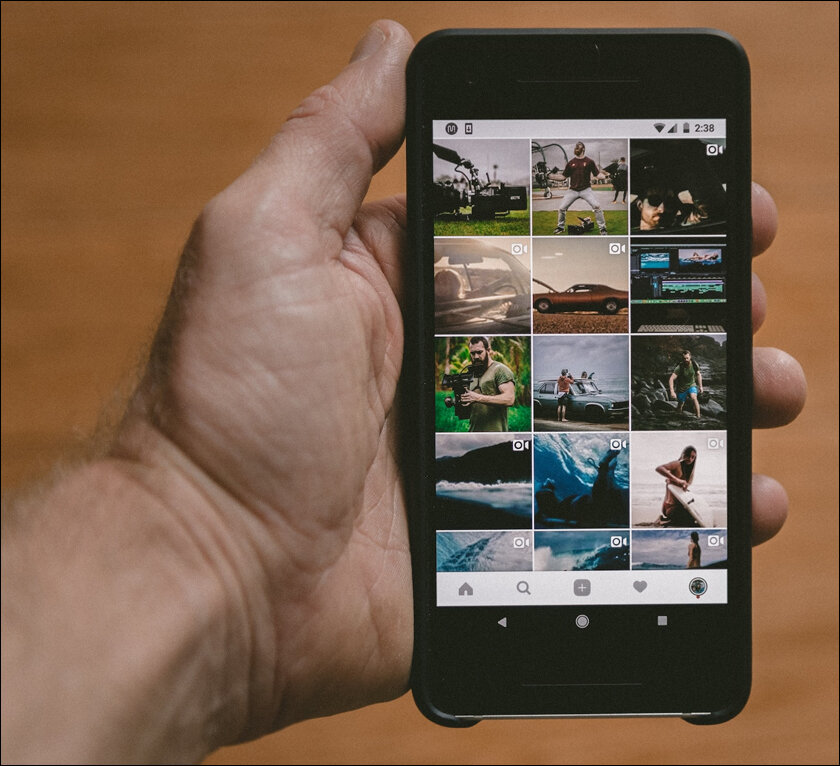
For Adults:
1. Do not start your day with the phone
2. Have clear boundaries and timelines set for yourselves
3. Delete the apps and create an internet free zone

For Kids and Teenagers:
1. Set screen time
2. Set clear boundaries for use of gadgets
3. Show educational videos (even in the form of reels!)
Conclusion
Reels, Social Media etc. are here to stay, but striking the balance is a two way street. While the content needs to be regulated, the push has to come from the consumers. Mindless consumption can only lead to mental-breakdown and other severe issues which may have a long lasting damage. Rather than waiting for the companies to do something, it’s important for users to seek out a healthy routine after learning best practices.
In case you missed:
- None Found





